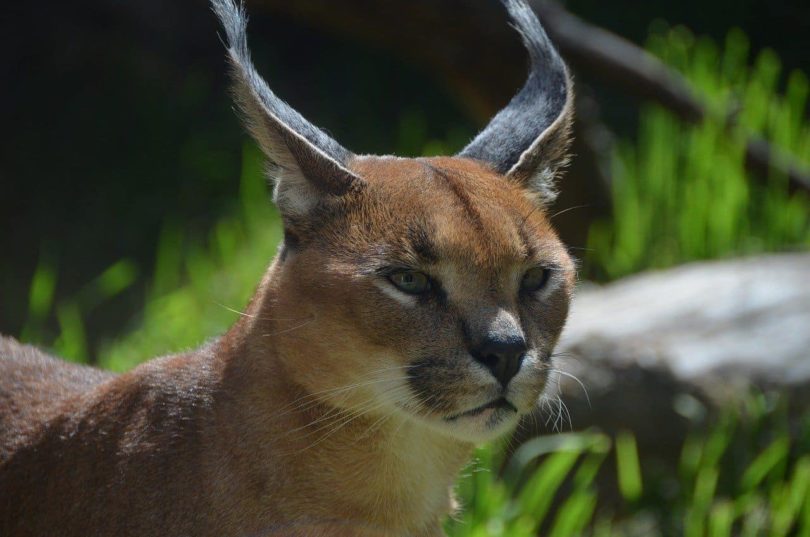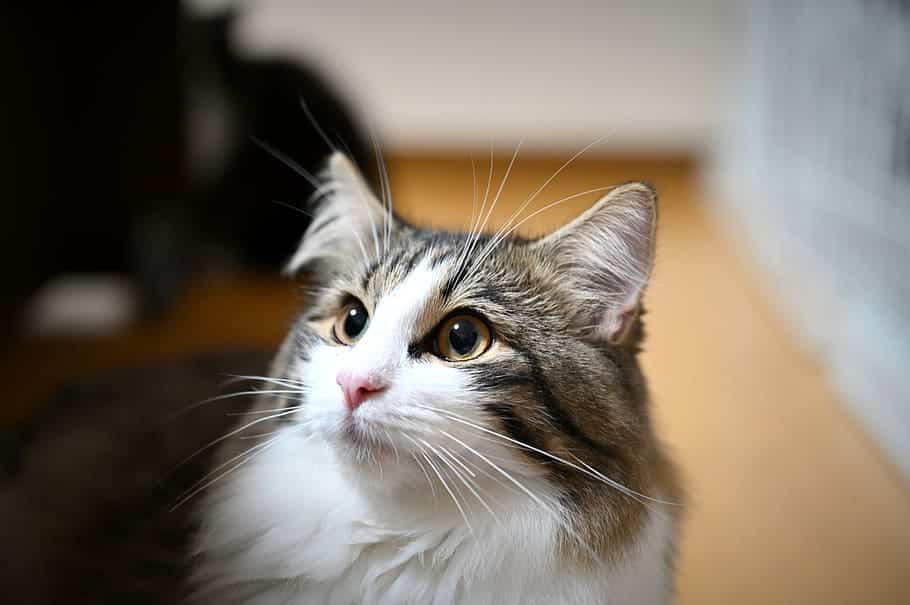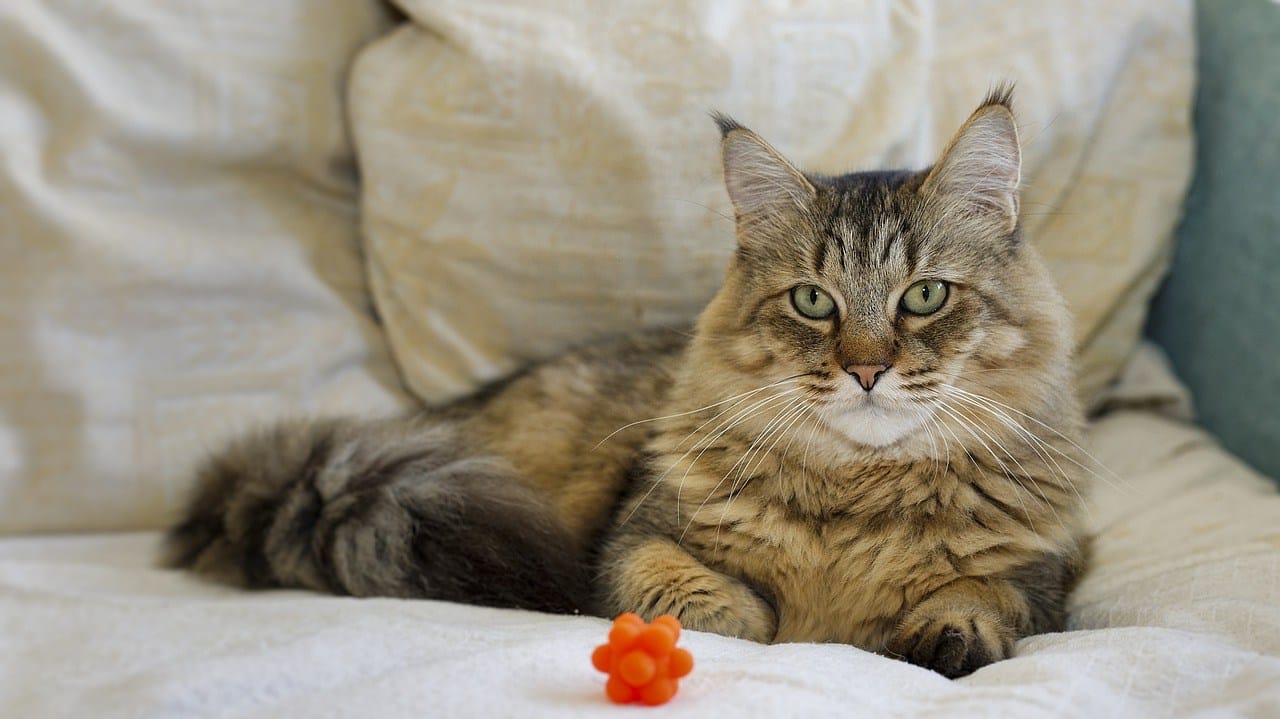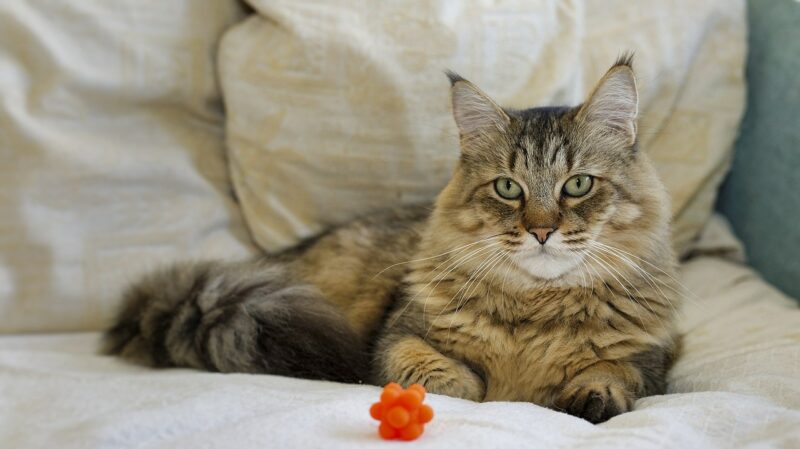Cats have some funny and endearing features, like primordial pouches and adorable “toe beans.” Another adorable and unique physical feature that many cats have are ear tufts. However, not all cats have ear tufts. Only certain cat breeds have them.
While ear tufts may look like cute accessories, they actually serve a purpose. So, it’s important to pay special attention to them when you’re grooming your cat and do your best not to trim or alter them.
What Are Ear Tufts?
Ear tufts, or lynx tips, are wisps of hair that grow on the tip of a cat’s ears. They differ from ear furnishings, which is something that all cats have. Ear furnishings are hairs that grow on the inner part of a cat’s ears. They prevent debris and dirt from falling into the ear, and they also help with cats’ hearing by picking up sound vibrations.
Ear tufts also serve similar functions as ear furnishings. They protect the ears from getting dirty, and they can also help with a cat’s hearing. They can help sounds travel directly into a cat’s ears.
Should I Trim My Cat’s Ear Tufts?

Since ear tufts serve both a functional and protective purpose, they shouldn’t be trimmed or shaved. It’s best to leave them alone, even if they may look messy at times. If you notice that they’re looking dirty or have debris stuck in them, you can gently wipe them clean with a soft towel or cotton swab.
If the ear tufts are extremely unruly, you can take your cat to a professional groomer to see if they can reshape them. However, minimal work should be done on them.
Do Ear Tufts Grow Back?
Ear tufts can grow back if you accidentally trim them, but it may take a long time. This can leave your cat’s ears exposed to debris and dirt buildup, which can lead to an ear infection.
Some cats may get an ear infection, skin infection, or another disease that may cause hair to fall out near the ears. If you notice your cat’s ear tufts falling out rapidly, take your cat to the veterinarian to find a diagnosis for the issue.
How to Clean a Cat’s Ears

Most cats with ear tufts have medium-length or long hair. These cat breeds often need more frequent grooming and may also require occasional baths if their coats get too oily and start to feel greasy.
It’s important to be extra careful when cleaning a cat’s ear tufts because a cat’s ears are relatively sensitive areas. When bathing your cat, make sure to be extra careful around the ears and avoid having water trickle inside.
Using an ear cleanse can help prevent ear infections by cleaning the ear and eliminating moisture buildup. It’s common for cats to be resistant to ear cleanses at first. However, staying calm and rewarding your cat with their favorite treats can help the process eventually become a grooming routine that your cat will tolerate.
In between baths and ear cleanses, you can use a cotton swab to pick up any debris or wipe away the dirt on your cat’s ear tufts.
Domesticated Cat Breeds with Ear Tufts
- American Curl
- Birman
- Highlander
- LaPerm
- Maine Coon
- Norwegian Forest Cat
- Ragdoll
- Siberian
- Turkish Angora
- Turkish Van
Conclusion
While all cats have ear furnishings, only some cat breeds grow ear tufts. Since ear tufts help cats with hearing and keeping their ears clean, it’s important to treat them carefully and not trim them. This feature is meant to be admired at a distance, and it’s best to leave them alone.
Featured Image Credit: Dave Francis, Pixabay













